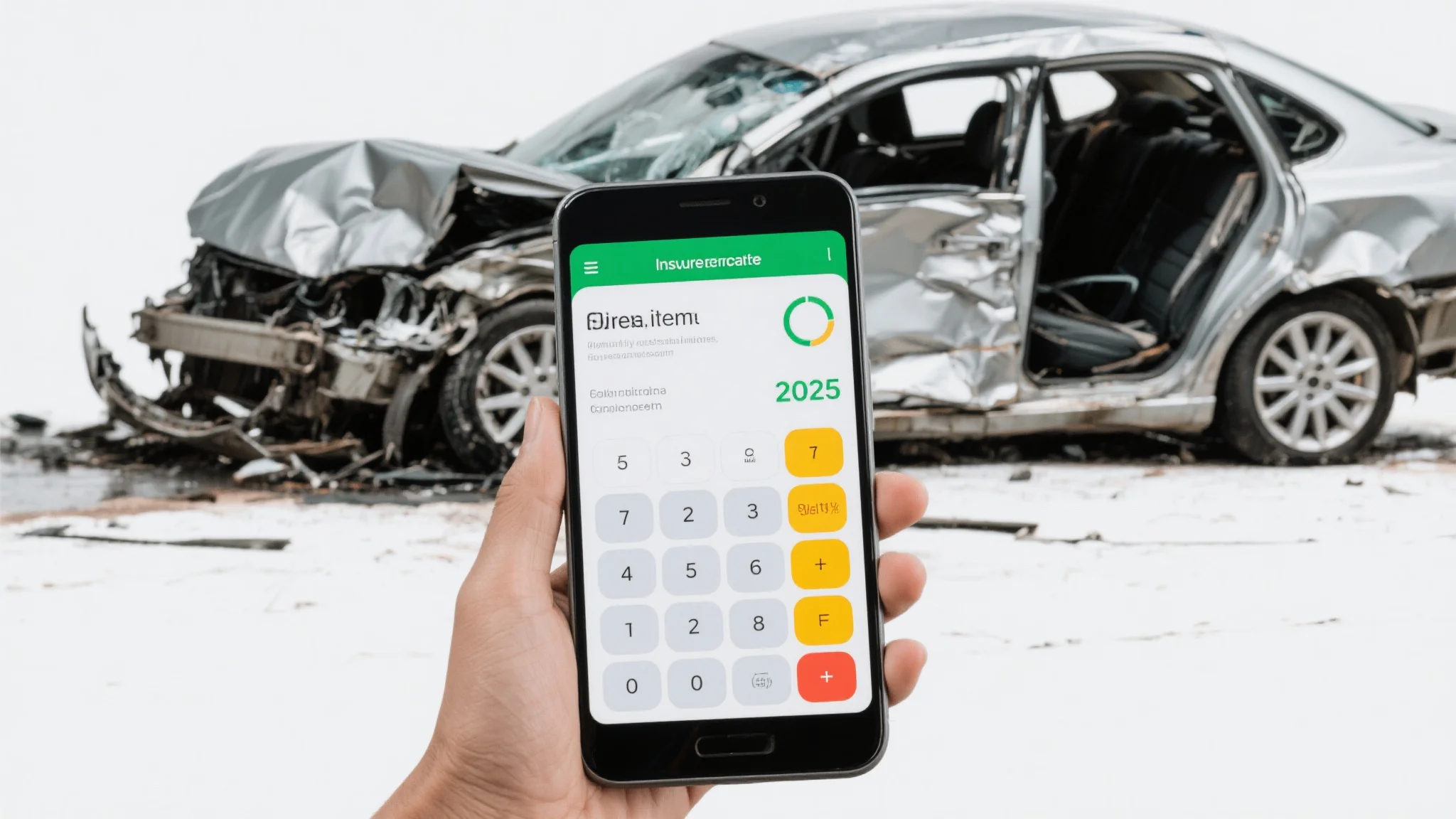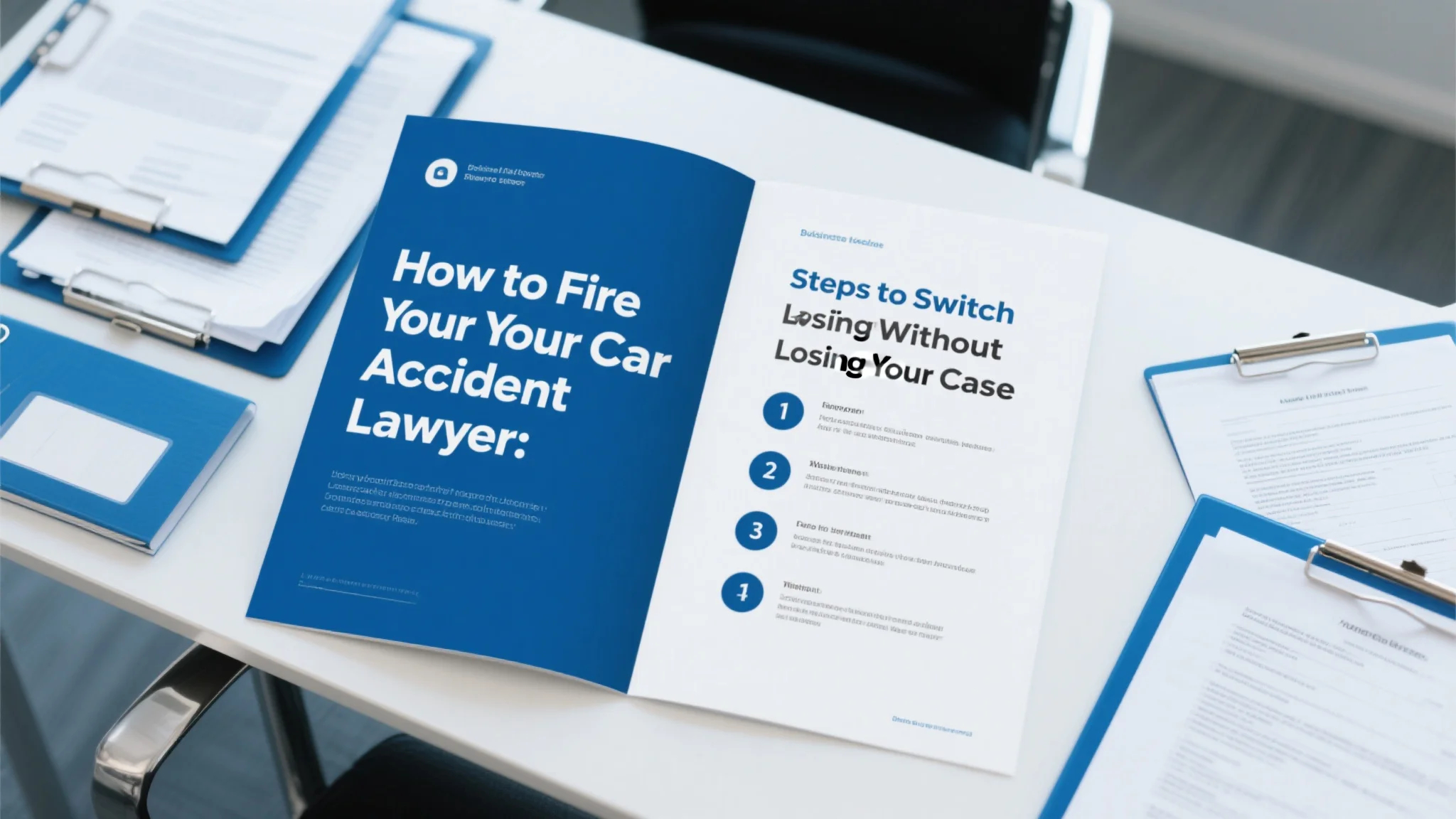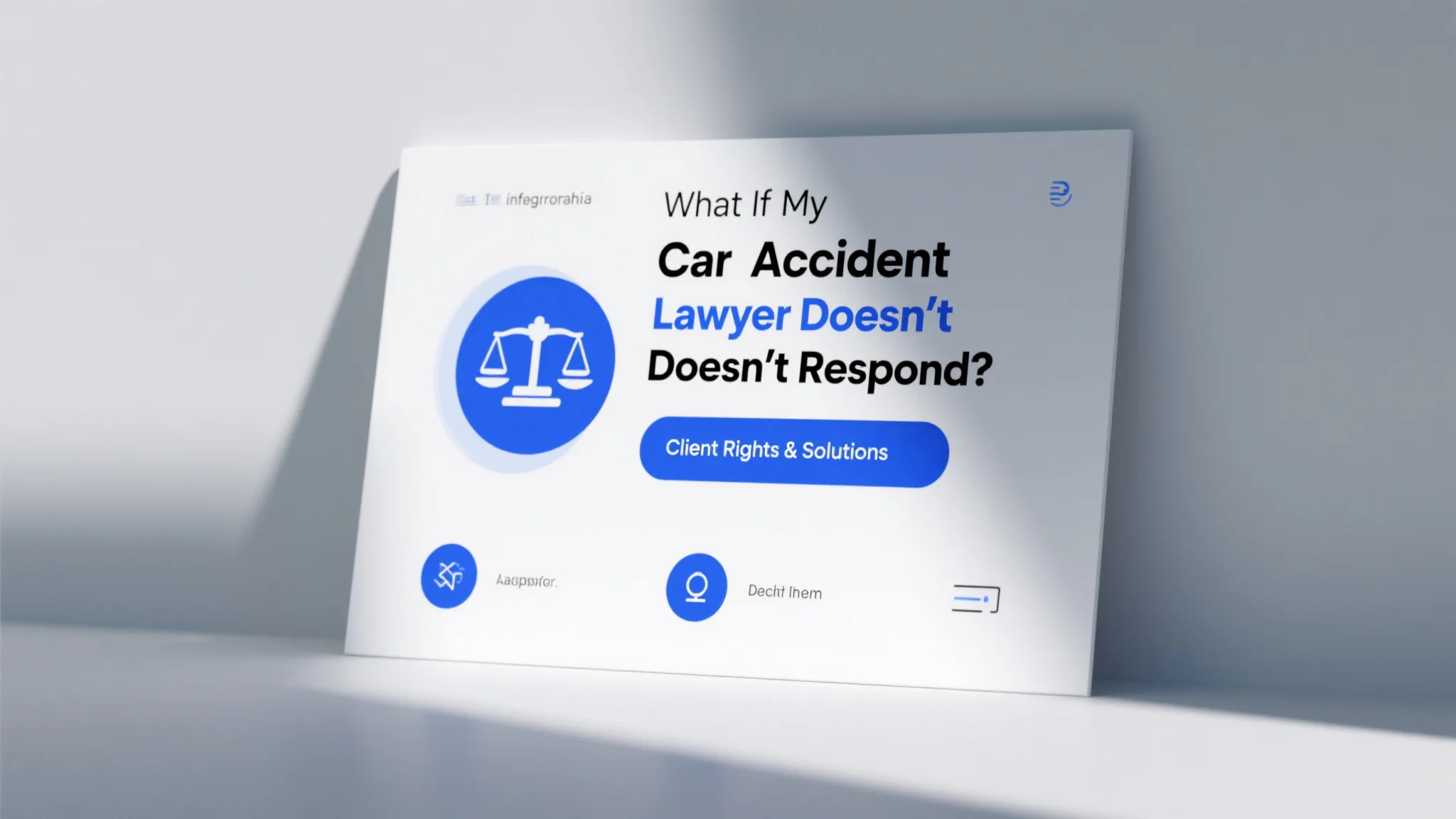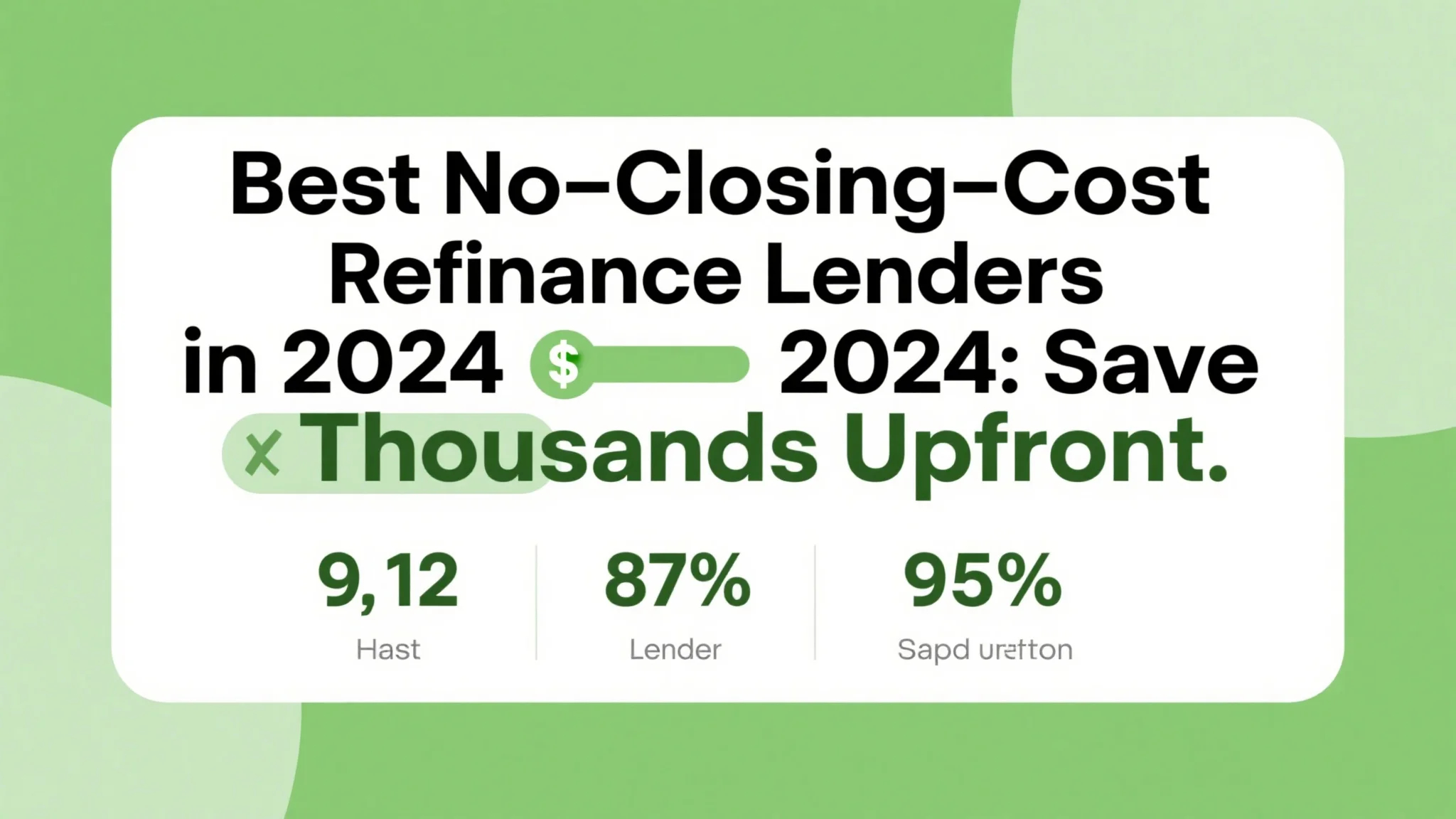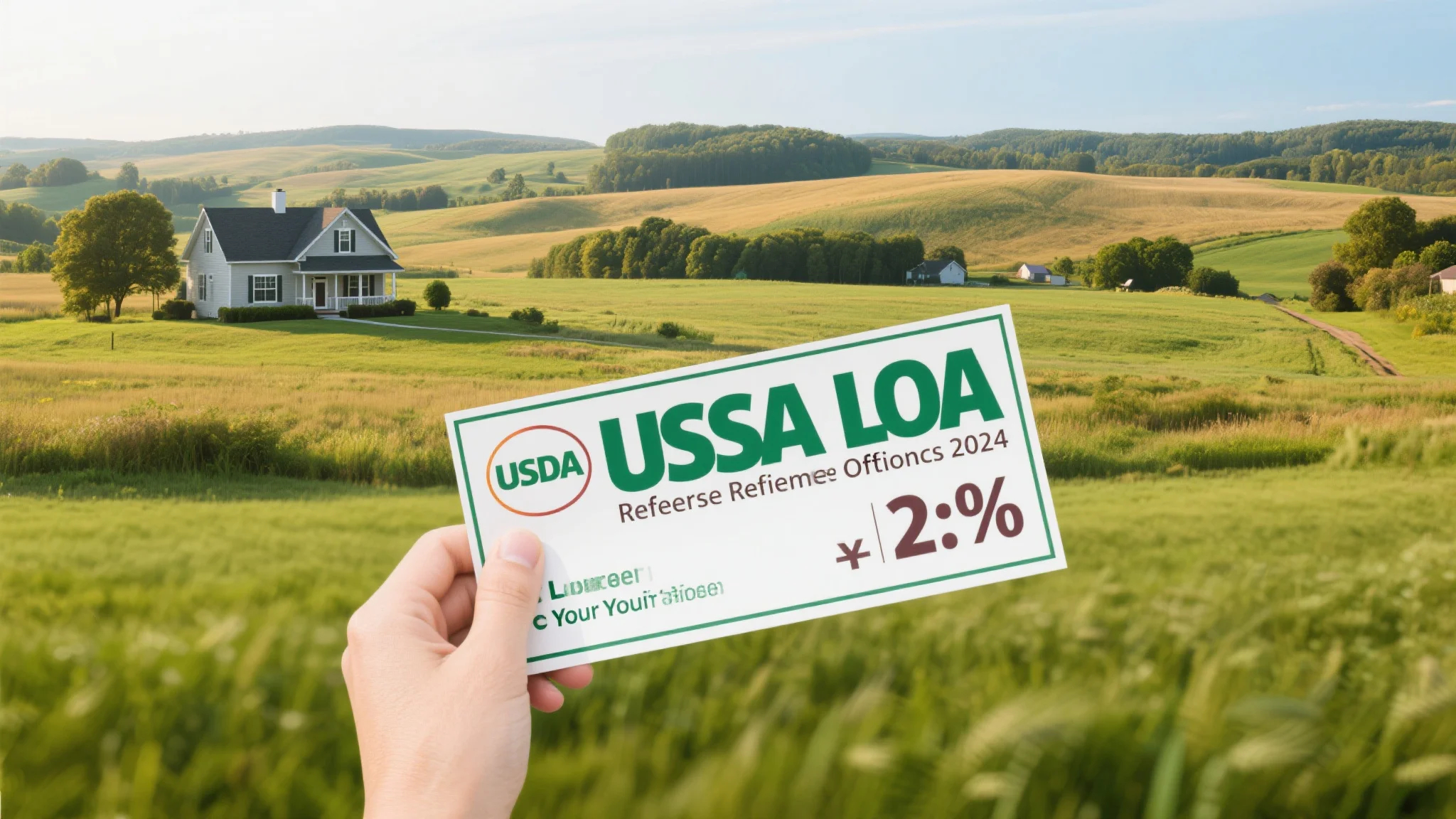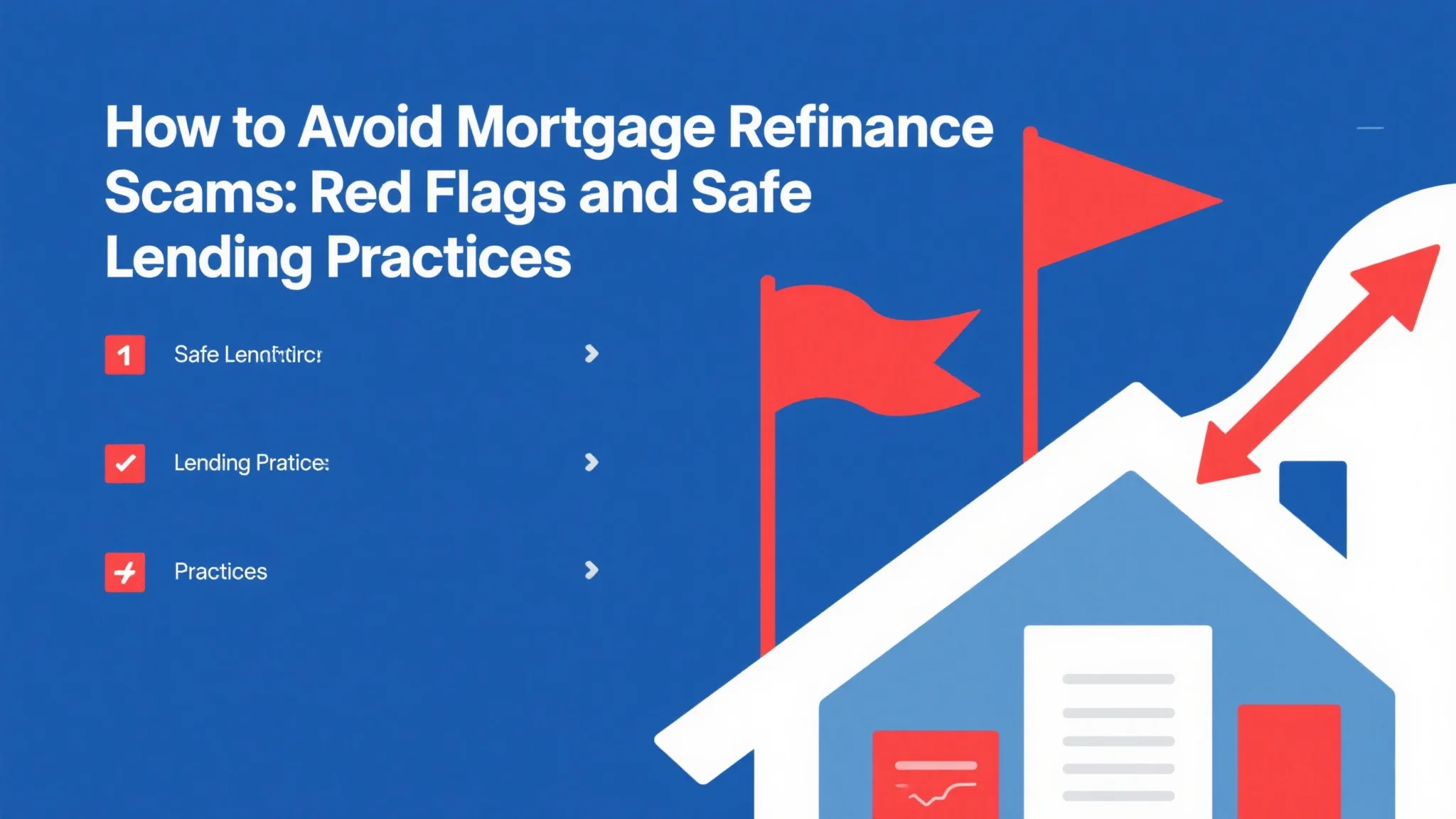Understanding Total Loss Valuations: How Insurers Calculate Your Vehicle’s Worth
When insurers declare your car a total loss, they determine its value using complex formulas that often leave vehicle owners confused. The total loss car value calculation considers your car’s make, model, year, mileage, condition, and local market prices. Insurance companies typically use proprietary software that analyzes thousands of comparable vehicle sales across your region to establish an accurate baseline. Understanding these valuation methods helps you verify whether the insurer’s offer reflects your car’s true pre-accident worth and identifies potential areas for negotiation if the initial assessment seems low.
Actual Cash Value (ACV) forms the foundation of total loss payouts, representing your car’s market value immediately before the accident. Modern ACV calculator tools incorporate depreciation curves, seasonal demand fluctuations, and regional price variations to determine this figure. Insurers subtract your deductible and any prior damage from the ACV to establish your final settlement amount. Recent model years with low mileage typically receive higher valuations, while older vehicles with extensive wear might barely exceed scrap value. Gathering independent ACV estimates from multiple sources before accepting an insurer’s offer ensures you receive fair compensation matching current market conditions for similar vehicles in your area.
Disputing lowball offers requires understanding how to negotiate totaled car payout amounts effectively. Start by requesting the insurer’s valuation report, which should list comparable vehicles used in their assessment. Verify these comparables truly match your car’s specifications and check for errors in reported features or mileage. Recent maintenance records proving mechanical condition or receipts for aftermarket upgrades can justify higher valuations. Hiring an independent appraiser might cost $100-$300 but often pays for itself by uncovering thousands in overlooked value. Presenting this evidence professionally and persistently to claims adjusters frequently results in improved settlement offers.
State regulations significantly impact total loss determinations and payout calculations. Most states use a total loss threshold (typically 70-80% of ACV) where repair costs exceeding this percentage automatically classify vehicles as totaled. Some jurisdictions use a total loss formula combining repair costs with salvage value instead. A few states allow owners to retain totaled vehicles by accepting reduced payouts minus salvage values. These legal variations mean the same damage scenario could produce different outcomes across state lines, making familiarity with your state’s specific rules essential when evaluating insurer decisions about your vehicle’s status.
Diminished value claims represent another potential recovery avenue when repairing rather than totaling vehicles. Even flawless repairs can reduce a car’s resale value due to accident history stigma. First-party claims rarely cover diminished value, but third-party claims against at-fault drivers’ insurance sometimes do. These complex calculations consider the vehicle’s pre-accident value, repair quality, and market perception of rebuilt titles. Professional diminished value appraisals typically cost $150-$500 but can substantiate claims for thousands in additional compensation, particularly for late-model luxury or specialty vehicles where accident histories most impact resale prices.
Salvage titles dramatically affect vehicle values and future insurability. When insurers declare cars totaled, they automatically apply for salvage titles through state motor vehicle departments. These branded titles follow vehicles permanently, often reducing their resale value by 20-40% compared to clean-titled equivalents. Some states offer “rebuilt” titles after passing rigorous inspections, but even these carry stigma in used car markets. Understanding salvage title implications helps make informed decisions about whether to accept total loss settlements or retain vehicles with salvage titles, especially for older cars where repair costs barely exceed total loss thresholds.
Gap insurance becomes crucial for newer vehicles facing potential total losses. Standard insurance covers only current market value, which often falls far short of remaining loan balances due to rapid depreciation in the first few ownership years. Gap policies cover this difference, preventing financial ruin when totaling recently purchased vehicles. These relatively inexpensive add-ons (typically $20-$50 annually) prove invaluable for drivers with minimal down payments or long loan terms where depreciation outpaces principal reduction. Reviewing gap coverage options before purchasing new vehicles provides protection against this common financial pitfall in total loss scenarios.
Aftermarket parts and vehicle modifications require special attention in total loss valuations. Insurers typically don’t automatically include non-factory upgrades in ACV calculations unless specifically declared and covered under custom parts/equipment coverage. Professional installations with receipts help substantiate these value additions during claims. However, excessive modifications might actually decrease payouts if they deviate too far from standard configurations that valuation tools recognize. Documenting upgrades with photographs and invoices before accidents helps preserve their value in potential total loss situations, though insurers may still apply depreciation to these additions.
Rental car coverage continuation varies after total loss declarations. Most policies stop rental benefits within 2-3 days of settlement offers, pressuring quick decisions about replacement vehicles. Some insurers extend this period when total loss checks require lienholder endorsements or when purchasing replacements through preferred dealers. Understanding these timelines helps avoid being suddenly without transportation while shopping for replacements. Maintaining detailed records of all rental expenses ensures reimbursement for any covered period, and negotiating extensions when legitimate delays occur in receiving settlement funds.
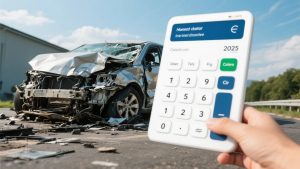
Tax and fee reimbursements add often-overlooked amounts to total loss settlements. Many states require insurers to cover sales taxes and registration fees for replacement vehicles equivalent to the totaled ones. These add-ons typically range from 6-10% of the ACV, potentially adding $1,000-$3,000 to your recovery. Some states also mandate reimbursement for recently renewed registrations or inspection fees. These provisions vary widely by jurisdiction, making consultation with local insurance regulators or attorneys valuable when insurers omit required supplemental payments from initial settlement offers.
Total loss disputes sometimes require formal appraisal clauses invoked through policy provisions. When negotiations stall, both parties hire independent appraisers who then select an umpire if their valuations differ significantly. This binding process typically costs $500-$1,500 split between both sides but resolves valuation disagreements objectively. Appraisal clauses bypass traditional litigation while still providing professional assessment of vehicle values. Understanding this option helps avoid unnecessarily accepting low offers when legitimate valuation differences exist between your evidence and the insurer’s assessment.
Leased vehicles involve special considerations in total loss situations. Lease contracts often include GAP protection automatically, but may impose additional fees for early termination or excess mileage charges even in total losses. Some leases require specific insurance coverage levels or particular repair shops for non-totaled vehicles. Understanding these contractual obligations helps avoid surprise charges when insurers declare leased vehicles total losses. Maintaining detailed communication with both the leasing company and insurance provider ensures compliance with all requirements while maximizing your financial protection.
Documentation quality directly impacts total loss recovery amounts. Before accidents occur, maintain files showing your vehicle’s condition, including interior/exterior photos, maintenance records, and upgrade receipts. After accidents, photograph damage extensively from multiple angles before repairs or towing. Keep all communications with insurers and repair shops, noting dates, names, and key discussion points. This documentation proves invaluable when disputing valuations or condition assessments, particularly for older vehicles where pre-accident condition significantly affects value calculations.
Market fluctuations periodically disrupt standard valuation models. Semiconductor shortages, fuel price spikes, and supply chain disruptions can cause unusual used car pricing volatility. Traditional depreciation curves might not reflect temporary market conditions where used values increase unexpectedly. Recognizing these anomalies helps identify when insurer valuations might not reflect true replacement costs. During such periods, providing evidence of inflated local used car prices can justify higher settlements that acknowledge these temporary market distortions.
Professional assistance options vary based on claim complexity. For standard vehicles with straightforward claims, consumer advocacy groups often provide free guidance about state insurance regulations. Mid-value disputes might benefit from independent appraisers or public adjusters working for percentage fees. High-value or exotic vehicles typically justify hiring specialized automotive valuation experts. Understanding when to invest in professional help ensures appropriate resource allocation based on potential recovery amounts and claim complexity.
Preventative measures reduce future total loss complications. Regularly reviewing your policy’s agreed value versus ACV provisions helps avoid surprises. Maintaining gap coverage on appropriate vehicles preserves financial stability. Documenting vehicle conditions and upgrades establishes evidence for potential claims. Understanding your state’s specific insurance regulations prepares you to advocate effectively when accidents occur. These proactive steps won’t prevent accidents but ensure you’re positioned to recover maximum value if totaling becomes necessary.
